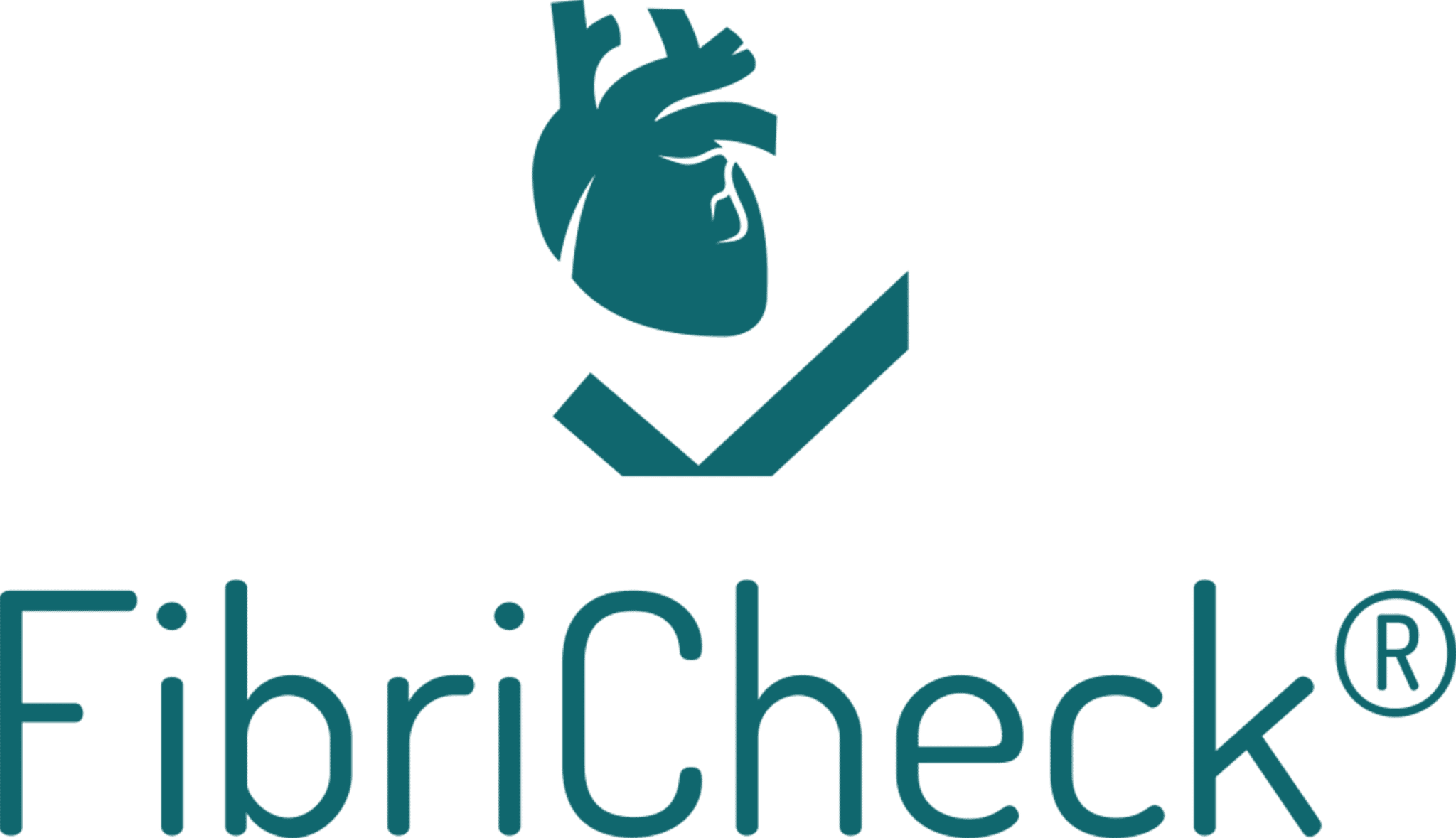Exercising is healthy. It protects your body against a wide range of conditions. But could exercise in some cases actually put a strain on your heart? Or worse, cause an arrhythmia? In the case of endurance sports, the answer is yes.
Do you exercise intensively for more than 3 hours a week? If so, keep reading. Various scientific studies have linked endurance sports to an increased risk of arrhythmia in some cases. A disconcerting result. Regular exercise reduces the risk of cardiovascular disease. But in the case of endurance sports, it can sometimes have an intensifying effect. So, if prolonged exercise can increase the risk of heart problems, what can you do?
What is endurance sport?
First of all, let’s make it clear which sports we’re talking about. Endurance sports are activities that test your stamina. Between (half) an hour to several hours you carry out a sustained performance, usually involving one-sided movements. These are activities such as running, marathon and triathlon, cycling, swimming, rowing, cross-country skiing, and so on.
Note: a lot of miles are covered in sports such as football or hockey as well. But these are strictly speaking not regarded as endurance sports because of the combination of stamina and strength.
What are the risks of endurance sports?
Do you exercise intensively for long periods (experts say three hours a week equals exercising intensively)? If so, you run an increased risk of developing atrial fibrillation. This is a condition in which the heart quivers quickly and irregularly rather than pumping vigorously. The combination of these irregular quivers and various risk factors can cause blood clots to form. These, in turn, can cause a stroke. Globally, strokes affect as many as 17 million people every year. Often with long-term, permanent, or even fatal consequences.
Who ‘runs’ a risk?
Not everyone runs the same risk. Dr Mark Estes, Cardiologist, Professor of Medicine, and Director of the New England Cardiac Arrhythmia Center at Tufts University in Boston, analysed the results of various scientific studies.
In his practice, Dr Estes saw a lot of patients over the age of 40 who had recently developed atrial fibrillation. They included a striking number of men who did intensive endurance training. Various studies confirm his hypothesis. Intensive exercise increases the risk of atrial fibrillation in men over the age of 45. And if they exercise for more than 5 hours a week at more than 80% of their maximum heart rate, that risk increases dramatically – by a factor of 10.
How to detect arrhythmia in endurance sport?
Athletes – especially endurance athletes – should ideally have regular check-ups with a cardiologist. Only by conducting a thorough examination, including exercise tests, doctors can detect certain conditions.
Dr Johan Van Lierde, a renowned Belgian cardiologist, confirms that certain arrythmias can remain undetected during such medical examinations. Atrial fibrillation, for example, is unpredictable. Sometimes it’s there, sometimes it’s not. That’s why FibriCheck is a nice addition to medical check-ups with a cardiologist. The medically certified app lets you check your heart rhythm regularly, wherever and whenever you want. Even when you experience certain symptoms.
What about young athletes?
FibriCheck is a medically certified app that detects certain abnormal heart rhythms such as atrial fibrillation via a smartphone and/or Fitbit smartwatch. The app has been developed for the age group of over 18 years. Until that age, the heart is still developing and shows an increased heart rate variability. And that in turn leads to inaccurate results in the FibriCheck app. In addition, certain heart conditions such as abnormalities in the heart muscle or the blood vessels around the heart are not detectable via the app. So, young athletes should ideally visit their cardiologist for a thorough screening.
Conclusion: endurance sport + regular checks = healthy
What can we conclude from these scientific findings? Above all, keep exercising. The benefits of a healthy lifestyle do not outweigh the potential risks, but be alert and listen to your body. Do you exercise intensively for more than 3 hours a week? If you do, check your heart rhythm regularly. Especially if you notice any symptoms.
FibriCheck tip: For athletes over the age of 18, it’s best to measure your heart rhythm once it is back to normal. You can do this is after stretching or showering, or even better, first thing in the morning or just before bed. This makes it easier to detect as well as tackle any irregularities. So you can enjoy your favourite sport confidently.
Or would you rather take it easy? In that case, go for a short walk or bike ride, because that is good for your heart.
Stay active!
References
- MD Edge Cardiology. Older recreational endurance athletes face sky-high AF risk. Retrieved from https://www.mdedge.com/cardiology/article/132274/cardiology/older-recreational-endurance-athletes-face-sky-high-af-risk
- Medecine. Atrial fibrillation in athletes and general population – A systematic review and meta-analysis. Retrieved from https://journals.lww.com/md-journal/Fulltext/2018/12070/Atrial_fibrillation_in_athletes_and_general.51.aspx
- Arrhythmia & Electrophysiology Review. Endurance Sport Activity and Risk of Atrial Fibrillation – Epidemiology, Proposed Mechanisms and Management. Retrieved from https://www.ncbi.nlm.nih.gov/pmc/articles/PMC4711509/
- Heart, Lung & Circulation. State of the Art Review: Atrial Fibrillation in Athletes. Retrieved from https://pubmed.ncbi.nlm.nih.gov/28606607/
- The Burden of Stroke in Europe: the challenge for policy makers. Retrieved from: https://www.stroke.org.uk/sites/default/files/the_burden_of_stroke_in_europe_-_challenges_for_policy_makers.pdf
Created on July 3rd, 2020 at 12:50 pm
Last updated on January 25th, 2023 at 10:11 am



